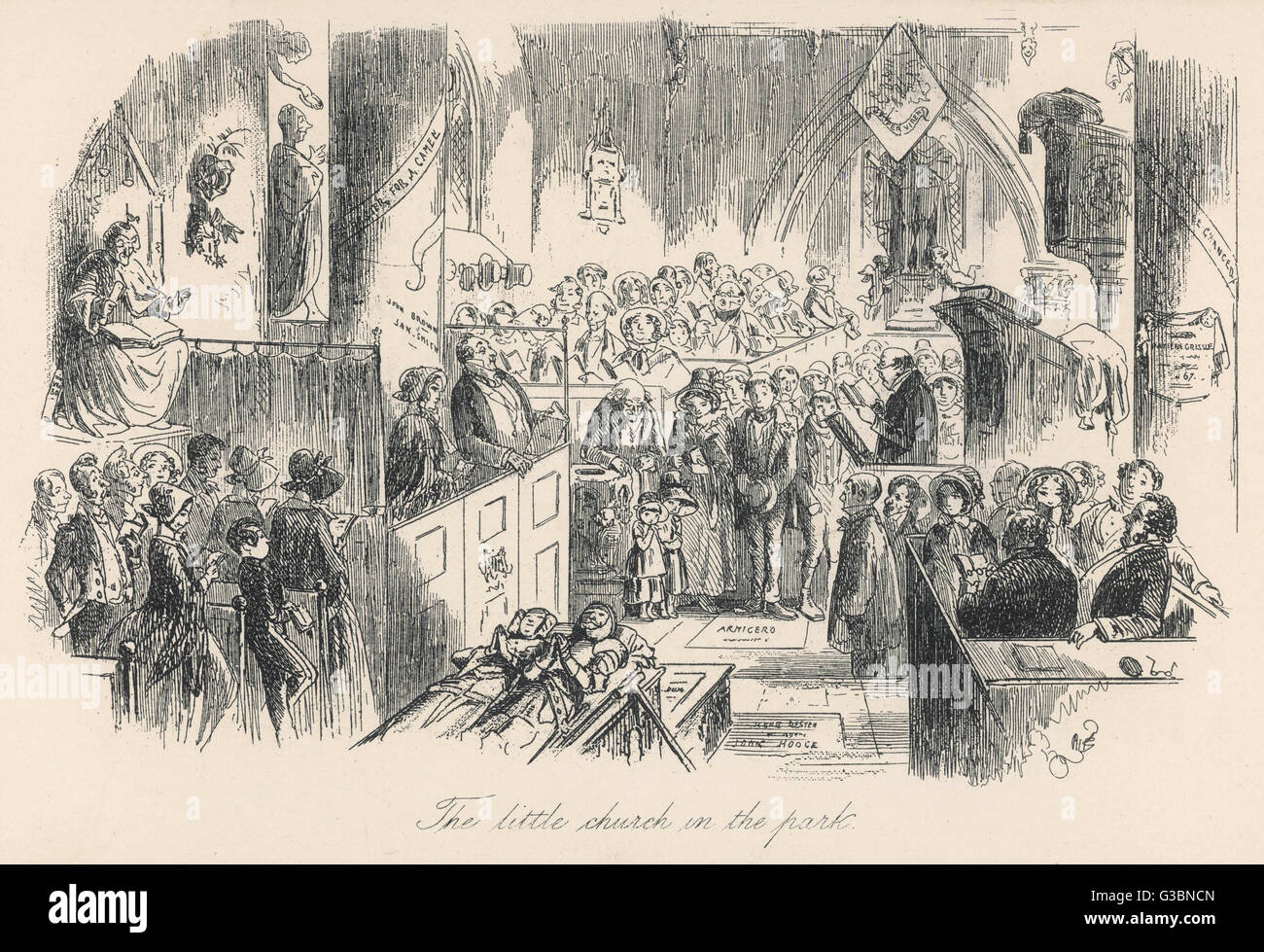This is where the potential romantic connect between Allan Woodcourt and Esther is brought to light. The interesting part is that this is also the installment where Woodcourt leaves the country on a voyage to China and India on a ship. We haven't seen very much of him before this, but here we are saying goodbye to him. His exit is almost necessary for the future relationship between Mr. Jarndyce and Esther to even have a chance at beginning -- if Woodcourt had been there all along, through everything (like Esther's illness), Mr. Jarndyce may not have even proposed to Esther in the first place. So, moving his piece off the chessboard of this novel's narrative was significant in itself. We also have hints that Esther's relationship with Woodcourt is more significant than she's letting on.
Her narrative voice shows she has trouble looking at Woodcourt in an unbiased way; for example, she says things like:
"I believe -- at least I know -- that he is not rich" as well as "I think -- I mean, he told us -- that he had been in practice three or four years..." (277).
This obvious attempt to remove herself from the narrative is consistent with her character, but it also shows that her first thought is to portray him the way she subjectively views him, and she must force herself to be more removed.

